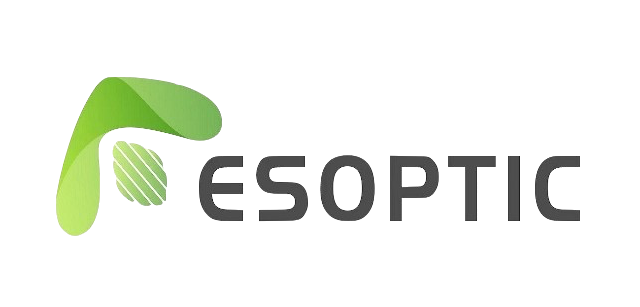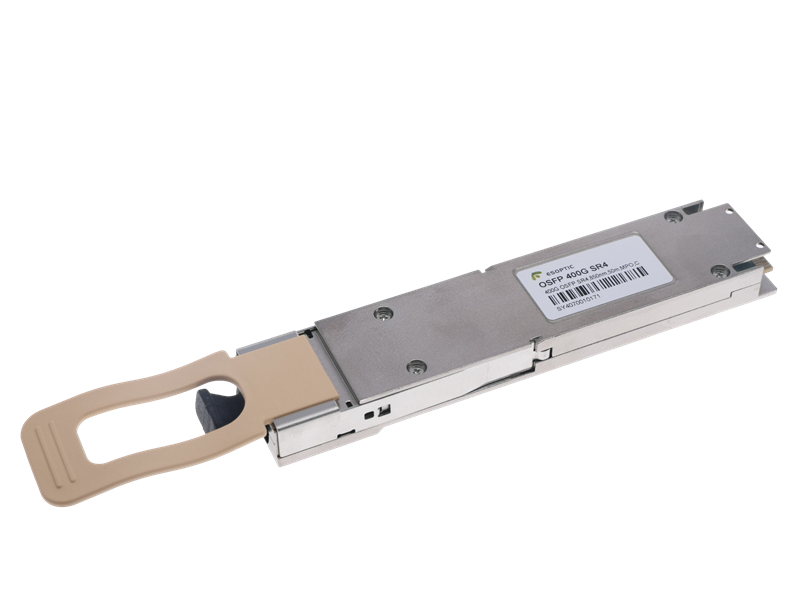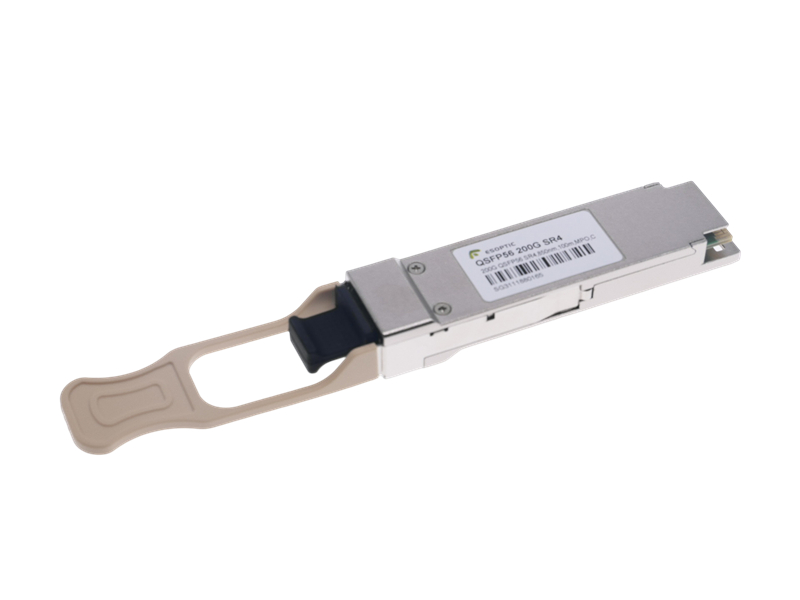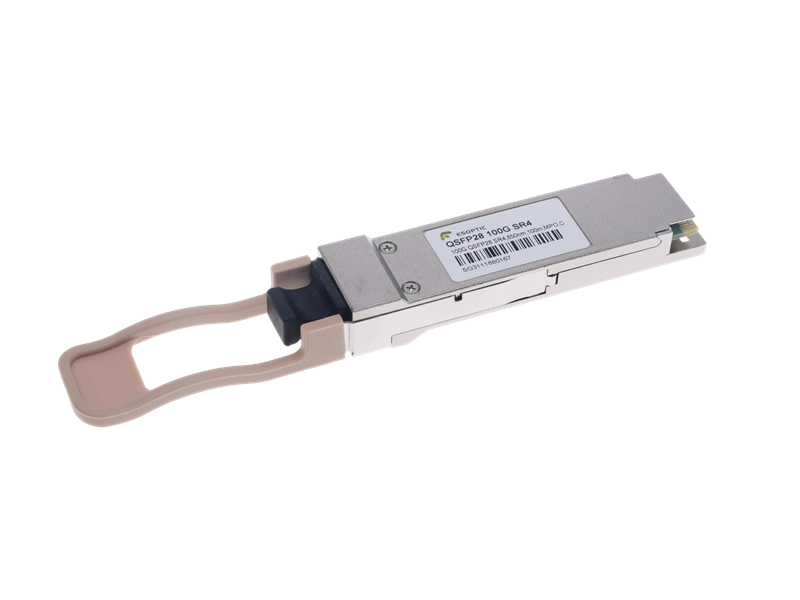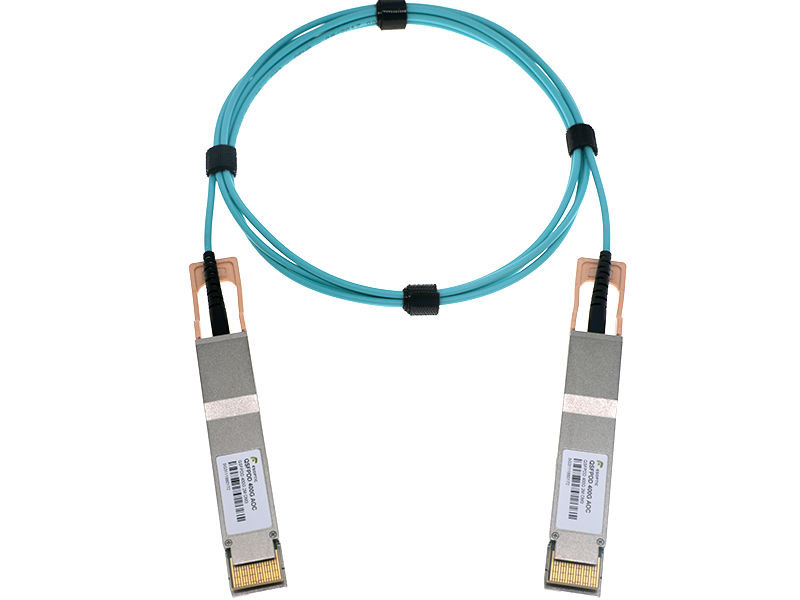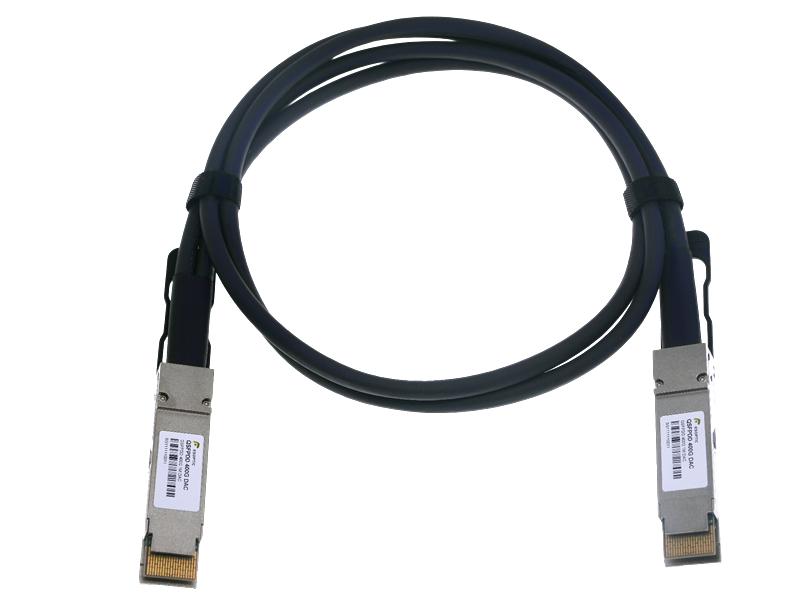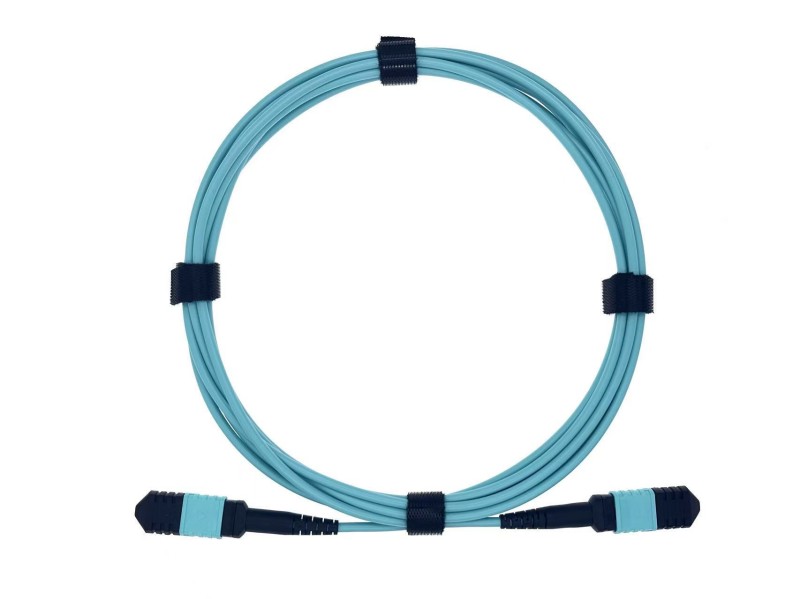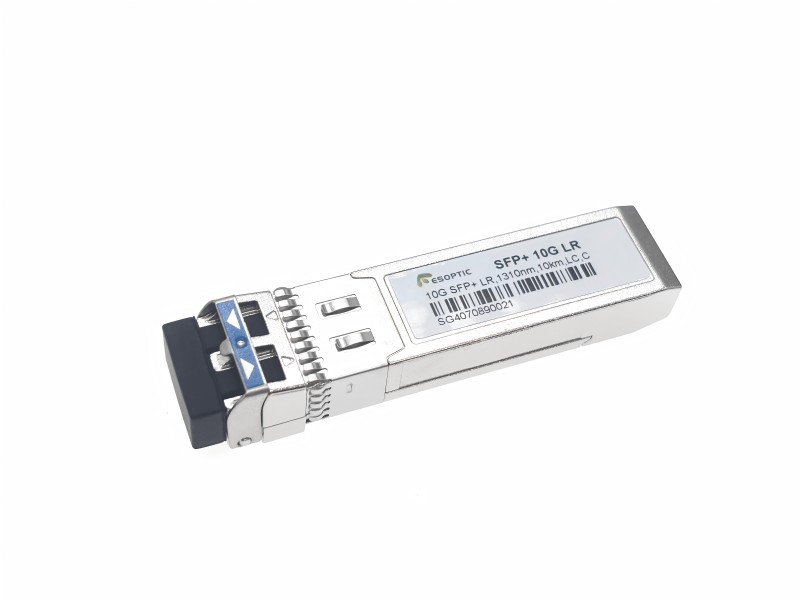As the optical communication industry moves beyond 400G and 800G, the 1.6T optical transceiver is emerging as the next frontier of high-speed data transmission. For ESOPTIC, this evolution is not just about higher data rates — it’s about redefining performance, efficiency, and scalability in data centers and cloud infrastructures.
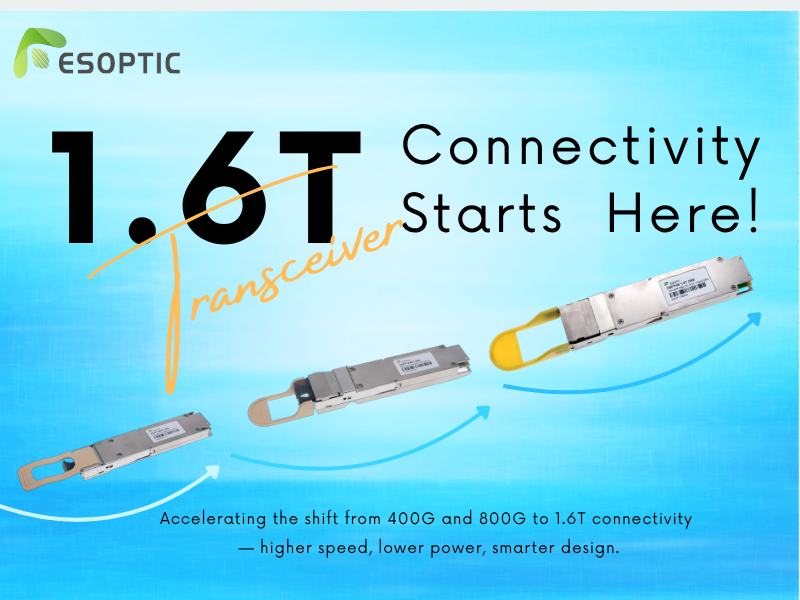
1. The Road to 1.6T Optical Transceivers
The transition from 400G to 800G, and now toward 1.6T, represents a natural progression driven by escalating bandwidth demands. With AI training clusters, hyperscale data centers, and next-generation cloud platforms pushing network capacity to its limits, the 1.6T optical transceiver is becoming the next milestone in high-performance connectivity.
Several forces are shaping this evolution:
Unprecedented Bandwidth Needs — AI/ML models, distributed computing, and real-time analytics require exponential throughput growth.
Higher Port Density — 1.6T transceivers leverage 200G-per-lane architectures and advanced packaging to double the density of 800G solutions.
Energy and Cost Efficiency — Power-per-bit and cost-per-bit must decline as speed doubles.
New Form Factors and Packaging — OSFP-XD, OSFP224, and co-packaged optics are reshaping the transceiver landscape.
At ESOPTIC, understanding these shifts allows us to build next-generation optical interconnect solutions — from transceivers to DAC and AOC cables — that meet the evolving needs of cloud-scale networks.
2. Key Technical Challenges and Innovations
High-Speed Modulation and Signal Integrity
Achieving 1.6 Tbps often means 8×200G PAM4 channels, which place immense demands on signal quality, clock recovery, and crosstalk management. Each lane must sustain stable, low-jitter transmission at 200 Gb/s or higher.
Thermal Design and Packaging Density
Higher bandwidth inevitably means higher power density. Advanced materials, thermal vias, and airflow optimization become critical to maintain performance without overheating. ESOPTIC integrates efficient thermal paths and optimized mechanical structures for better heat dissipation and EMI suppression.
Silicon Photonics Integration
Silicon photonics enables compact, energy-efficient optical engines, integrating modulators, detectors, and waveguides onto a single chip. Many 1.6T prototypes already use 200G PAM4 optical lanes with EML or SiPh technology — a direction ESOPTIC actively follows in R&D.
Testing and Manufacturing Complexity
As transmission rates soar, test precision and yield control become major challenges. 1.6T modules require simultaneous multi-lane PAM4 testing at 224 Gb/s. ESOPTIC’s commitment to quality and reliability ensures that every transceiver meets stringent performance standards.
Backward Compatibility and System Ecosystem
While 1.6T is the future, today’s infrastructure still relies heavily on 400G and 800G systems. Ensuring interoperability and smooth migration is key to real-world adoption — an area where ESOPTIC’s customizable connectivity solutions offer tangible advantages.
3. Market Applications and Value
Hyperscale Data Centers & AI Clusters
1.6T modules can dramatically reduce interconnect bottlenecks, enabling more efficient rack-to-rack and spine-leaf connectivity for AI training and inference systems.
Core and Metro Networks
By achieving higher capacity per wavelength, 1.6T transceivers reduce cost-per-bit and optimize fiber utilization for backbone and metro aggregation layers.
Edge Computing and 5G/6G Integration
As networks become distributed, high-density 1.6T interconnects enable low-latency edge nodes and compact data center deployments.
System Evolution and Competitive Advantage
Vendors leading in 1.6T adoption will define the next wave of network infrastructure. ESOPTIC is positioning itself at the forefront by combining high compatibility, rapid delivery, and global support.
4. ESOPTIC’s Strategic Outlook
As a professional manufacturer specializing in optical transceivers, AOC, DAC, and high-speed interconnects, ESOPTIC plays a critical role in the transition to 1.6T networking. Our strategy includes:
Early Product Research and Development — Building upon 800G experience to prototype 1.6T-ready transceivers and cable assemblies.
Hybrid Compatibility Solutions — Supporting 400G/800G interoperability for smooth customer migration.
Power and Thermal Optimization — Innovating in low-power optics, heat-spreading materials, and efficient packaging design.
Industry Collaboration — Participating in MSA standardization and ecosystem partnerships to accelerate 1.6T adoption.
Brand Evolution — Promoting “ESOPTIC 1.6T Optical Interconnect Solutions” as a symbol of future-ready, high-performance connectivity.
5. Conclusion
The leap from 400G and 800G to 1.6T optical transceivers marks more than just a speed upgrade — it’s a complete evolution in architecture, density, and energy efficiency.
For ESOPTIC, this new era is both a challenge and an opportunity. With advanced R&D, precision manufacturing, and global delivery capabilities, ESOPTIC is ready to help partners accelerate into the 1.6T generation of optical interconnects.
FAQ
Q1: When will 1.6T optical transceivers become mainstream?
A1: Early prototypes are already shipping, but large-scale adoption will likely begin in the next 2–3 years as switches, DSPs, and standards mature.
Q2: How does 1.6T differ from 800G technology?
A2: 1.6T transceivers typically use 8×200G PAM4 channels, double the per-lane data rate of 800G, with tighter integration and improved heat management.
Q3: How does ESOPTIC support the 800G-to-1.6T transition?
A3: Through compatible products, integrated AOC/DAC solutions, and flexible customization, ESOPTIC enables customers to upgrade seamlessly.
Q4: Is power consumption a concern for 1.6T modules?
A4: Yes, but innovations in silicon photonics, co-packaged optics, and energy-efficient design help maintain reasonable power-per-bit ratios.
Q5: Do smaller data centers need 1.6T modules right now?
A5: Not immediately. 400G and 800G remain sufficient for most deployments. 1.6T is aimed at hyperscale and AI-driven infrastructures for now.
